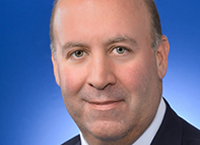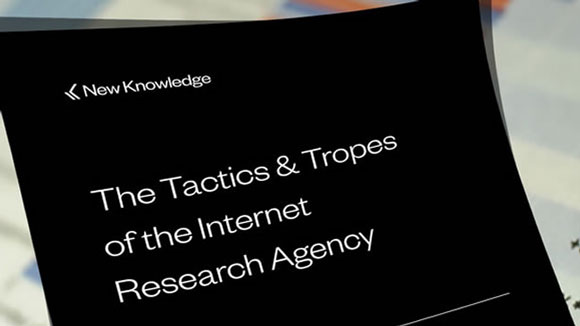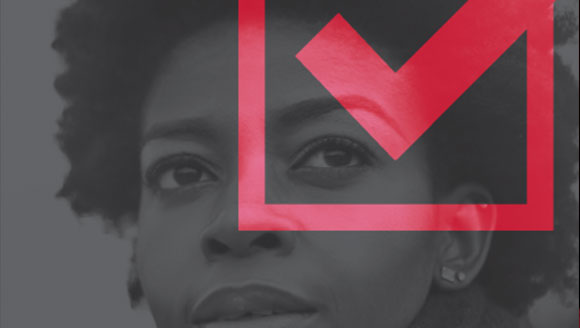The Connected Diabetes Ecosystem
 Enrique A. Conterno
Enrique A. Conterno
Senior Vice President and President, Lilly Diabetes and Lilly USA
Twitter: @LillyPad
Since the breakthrough discovery of insulin in the early 20th Century, diabetes has transformed from a deadly disease to a chronic but manageable condition. Innovations in science – leading to more effective insulins – and technological advances allowing for better monitoring have enabled people living with diabetes to more closely monitor their health.
At Lilly, we are dedicated to developing medicines for unmet needs, particularly for people facing barriers to accessing care and managing their conditions under the traditional in-office care model.
But in reality, medicines are not always enough to make life better for someone facing a chronic condition. Life is busy with obligations, and people can face any number of challenges that prevent them from consistently taking their medicines. A gap, however, exists between what a person needs to better manage their health and the potential of easing that burden through science and technology. Lilly is moving to fill that gap by going beyond medicines.
We are developing a new solution that could help people using insulin better manage their diabetes and more seamlessly monitor their care through the use of devices, software, and dosing support. We call it the Connected Diabetes Ecosystem (CDE). The idea of blending digital technology and medicine is not new, but the technologies that enable this have not existed until now. In the case of our Connected Diabetes Ecosystem, our hope is to bring solutions to people with diabetes and health care providers within the next two years.
The goal of these new solutions is to provide dosing support that does not exist today. Our hope is that these tools will improve outcomes for all people on insulin therapy. You can read more about this effort in the Wall Street Journal or on LinkedIn. Personalized and connected medicine, like what we envision with our CDE, offers potentially game-changing advances for people who have previously faced too many barriers to their individualized goals.
Diabetes is not easy to manage for many reasons, especially when insulin is needed. The possibilities to better equip people and improve health outcomes are substantial, with digital technology and data providing more effective tools and information at our fingertips. Lilly and others need to prove that technology can change life for people with diabetes, and we are committed to doing so. Now it is time to bring together digital technology and medicine to make that future possible.


 Equality Index
Equality Index  Senate Report
Senate Report  2020 SOBA Essays
2020 SOBA Essays  2019 Report
2019 Report 